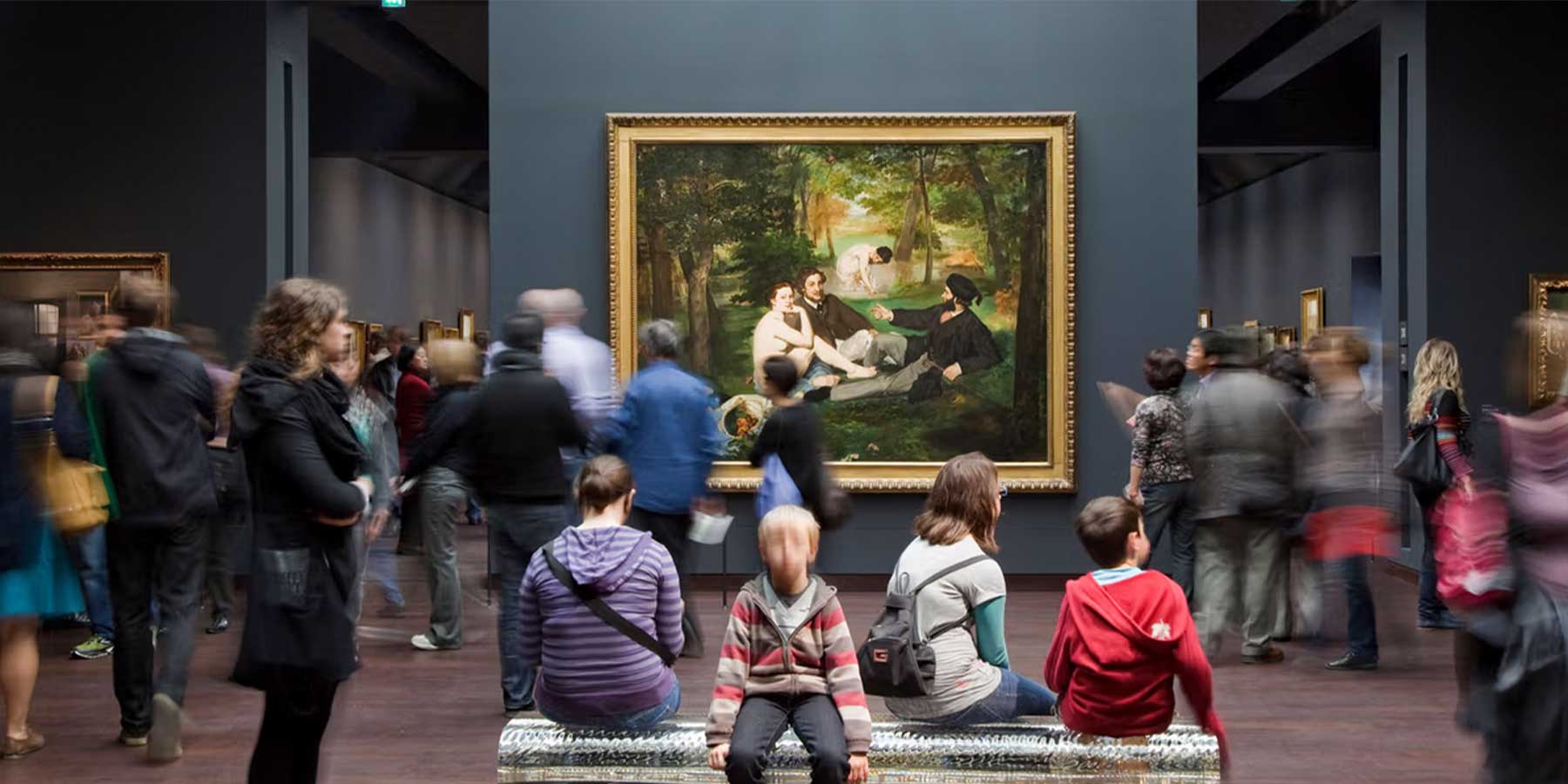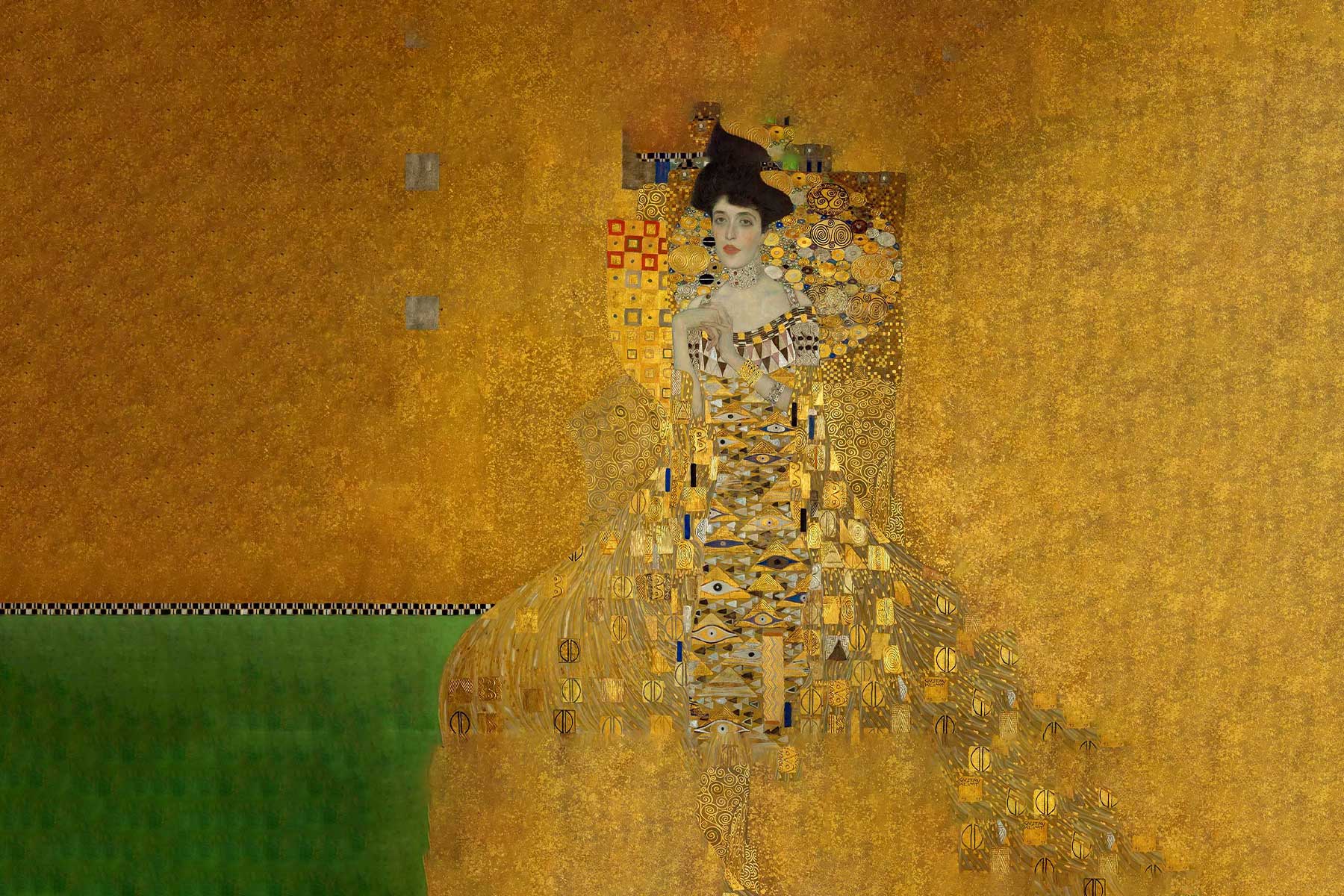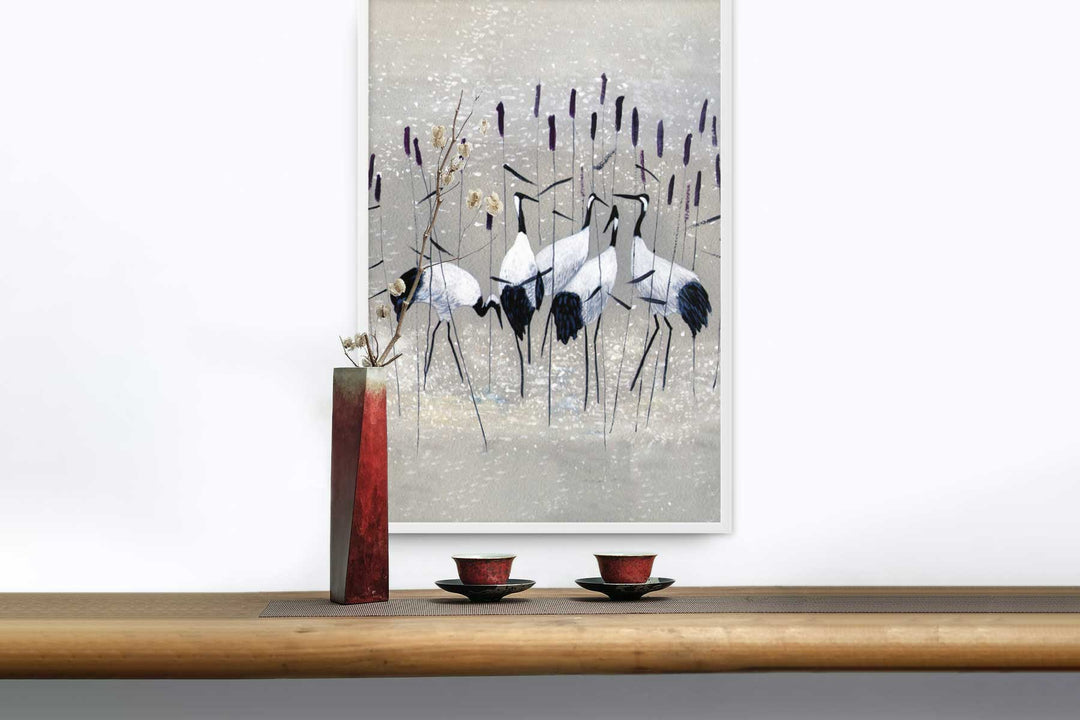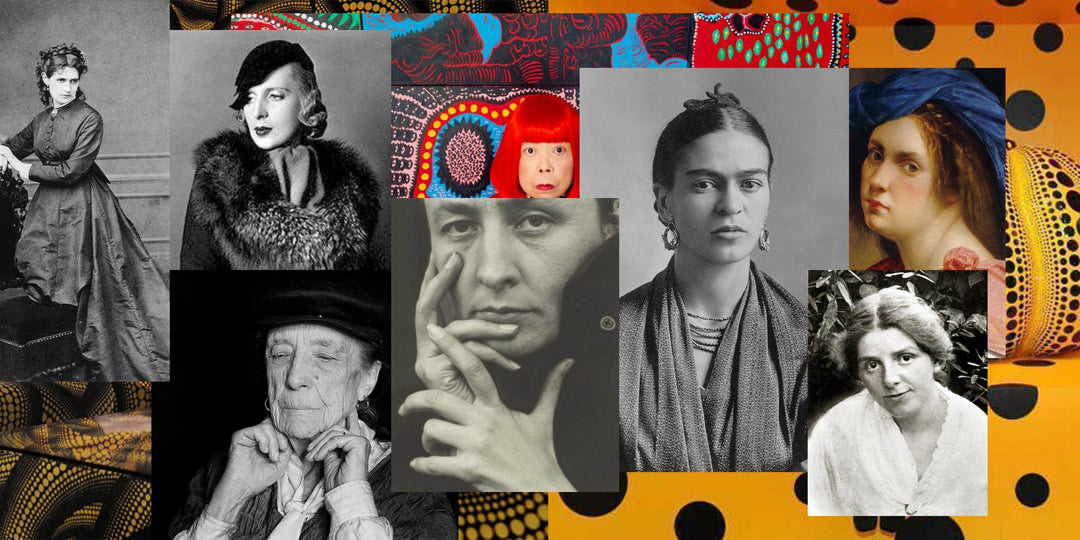Édouard Manet's "Breakfast in the Green" – A painting that shook the art world and paved the way for modernity.
Édouard Manet is considered one of the most radical and influential artists of the 19th century. His painting "Breakfast on the Grass" (Le Déjeuner sur l'herbe), created in 1863, is one of the most famous and controversial works in art history. It represented a clear departure from the conventions of traditional art and was regarded as a scandal that shook the art world. However, behind this seemingly simple image lies a deeper meaning that laid the foundation for the emergence of modern art.
🎨 Reprint at artlia: Lunch on the Grass (Le Déjeuner sur l'herbe), 1863
The scandal at the exhibition and the Salon des Refusés
In 1863, the year of the creation of "Breakfast in the Grass," Manet was to submit his work to the prestigious Salon exhibition in Paris. The Salon was the most prestigious place to present art and was judged by a jury of academics and art critics. Works that were rejected by the jury found no place in the exhibition and were often dismissed as inadequate or inappropriate. However, Manet's painting, which depicts a naked woman alongside two clothed men in a modern, everyday scene, was rejected by the jury.
Instead of showing the work in the salon, the French Emperor Napoleon III intervened and organized the exhibition "Salon des Refusés" (Salon of the Refused) to make these rejected works accessible to the public. "Breakfast on the Grass" was the most striking and most discussed work of the exhibition. The reason for this was not only the provocative subject but also the way Manet painted it.
The provocation through the depiction of female nudity
In the art history of the 19th century, it was common to depict female nudity either in mythological or historical contexts. The women in the paintings were mostly idealized figures representing either goddesses or historical personalities. They were shown as objects of beauty, whose nudity had a higher artistic or symbolic value.
But in "Breakfast in the Grass," Manet breaks with this tradition. The woman in the painting is not a goddess or mythical figure. She is an ordinary, modern woman sitting in a relaxed moment in a park, alongside two men who are fully clothed. Her nudity is not idealized, but realistic and almost uncomfortably direct. She appears alive, tangible, and not subjected to art as a sacred symbol.
But what made this image even more provocative was the context. The woman is sitting outdoors while the men in the scene seem to be watching her. The question of why Manet placed this naked woman in an everyday scene has equally disturbed and provoked the art world and society.

The woman in this painting was not a muse, not a heroine of a mythological narrative, but an ordinary woman – a depiction that was perceived at the time as too direct, too real, and too unvarnished. Manet did not present the woman as an objectified beauty, but as a real, living person whose nudity was confronted with a modern, everyday context.
The Scandal of Venus – Comparison with the "Birth of Venus"
A year before the exhibition of "Breakfast in the Green," Alexandre Cabanel painted "The Birth of Venus" – a work that won the first prize at the official salon and delighted the art world. In Cabanel's depiction of Venus rising from the sea, female nudity is idealized and glorified. Venus is a classical, perfect figure that meets the expectations of the Academy and elevates female beauty to a high, almost divine level.
🎨 Reprint at artlia: Alexandre Cabanel, The Birth of Venus, 1863
In contrast stands Manet's painting. His wife is not a perfect goddess, but a modern, living woman depicted in an everyday scenario. The woman in "Breakfast in the Grass" is not an idealized beauty, but a "real" woman whose nudity is not glorified, but simply exists – she is present in a human context and not as a symbol for something higher. The shock of the image arises not only from the nudity but also from the modern context in which this nudity takes place.
The reaction of society and the significance of the work
The reactions to Manet's work were mixed. While some viewed the painting as a provocation and an attack on the art tradition, others saw it as an exciting new direction in art. Particularly in the bourgeois circles associated with the norms of academic art, the painting was perceived as a scandal. The depiction of a naked woman in a modern, non-idealized context contradicted the prevailing notions of beauty and moral order at the time.
For many, the painting was considered offensive and inappropriate. In the society of the 19th century, the naked woman in art was imbued with high, symbolic values, and such a depiction was often associated with offensiveness and decay. However, Manet questioned these conventions and created an image that, in its simplicity and directness, challenged the existing art order.
The society reacted strongly to "Breakfast in the Grass," and the discussions about the painting reflected deeper societal tensions and fears. Manet's work challenged not only the art world but also the social norms of the time.

🎨 Reprint at artlia: Lunch on the Grass (Le Déjeuner sur l'herbe), 1863
The Significance of Unequal Clothing and Social Critique
Another interesting element in Manet's painting is the unequal representation of the clothing of man and woman. While the two men are fully clothed, the woman is naked. This representation can be interpreted as a provocative statement about societal norms and the role of women in society. In the bourgeois culture of the 19th century, women were often seen as passive objects meant for the male gaze.
However, Manet deviates from this norm. He portrays the woman as an active subject, who exists not only as an aesthetic object but as a person living in an everyday context. By depicting the woman in this way, Manet calls into question the objectifying attitude of society, which reduced women to their physical beauty and their function as "ornaments."
Artistic Innovation and the Modern
"In addition to the provocative theme, Manet's work is also characterized by its innovative artistic techniques. In contrast to the detailed, finely crafted paintings of Academic painting, Manet used rougher, more visible brushstrokes that distanced the image from an illusionistic representation of reality. This technique was extraordinary for its time and helped to emphasize the 'flat' quality of the painting."
The perspective in "Breakfast in the Green" is also unnatural and deviates from traditional art. The foreground is strongly contrasted, while the background appears impersonal and flat. This atypical application of perspective enhances the feeling of alienation and makes the image seem more distant.
The lasting effect of "Breakfast in the Green"
Although "Breakfast in the Grass" faced fierce criticism at the time, it later became one of the most important works of modern art. Manet opened the door to modern painting with this image and influenced artists such as Claude Monet and Pierre-Auguste Renoir. He showed that art does not only have to reflect the idealization of the past, but that the representation of the present and reality can be just as valuable and meaningful.
"Breakfast in the Grass" is today not only a provocative image but a symbol of artistic freedom and a break with the conventions of the past. Manet redefined the concept of beauty and nudity, showing the world that art can break the boundaries of traditional norms.


















